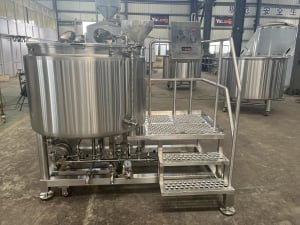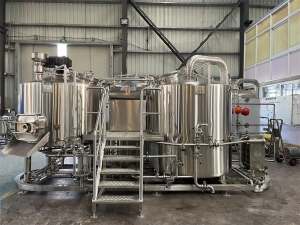Table of Contents
ToggleOverview of SS Tanks
Stainless Steel (SS) Tanks are indispensable in industries ranging from food and beverage to pharmaceuticals and chemical manufacturing. Known for their durability, corrosion resistance, and adaptability, SS tanks are the backbone of modern storage and processing systems. But why are these tanks such a popular choice? Let’s dive into their versatility, design features, and applications to uncover their unparalleled utility.
SS tanks, as the name suggests, are made primarily from stainless steel—a material famed for its strength and resistance to wear and tear. Whether you’re brewing beer, storing water, or housing volatile chemicals, these tanks are designed to meet rigorous industry standards. They come in various shapes, sizes, and customizations, making them adaptable for nearly any application. Wondering how to choose the best one for your needs? Don’t worry; we’ll break it all down for you.
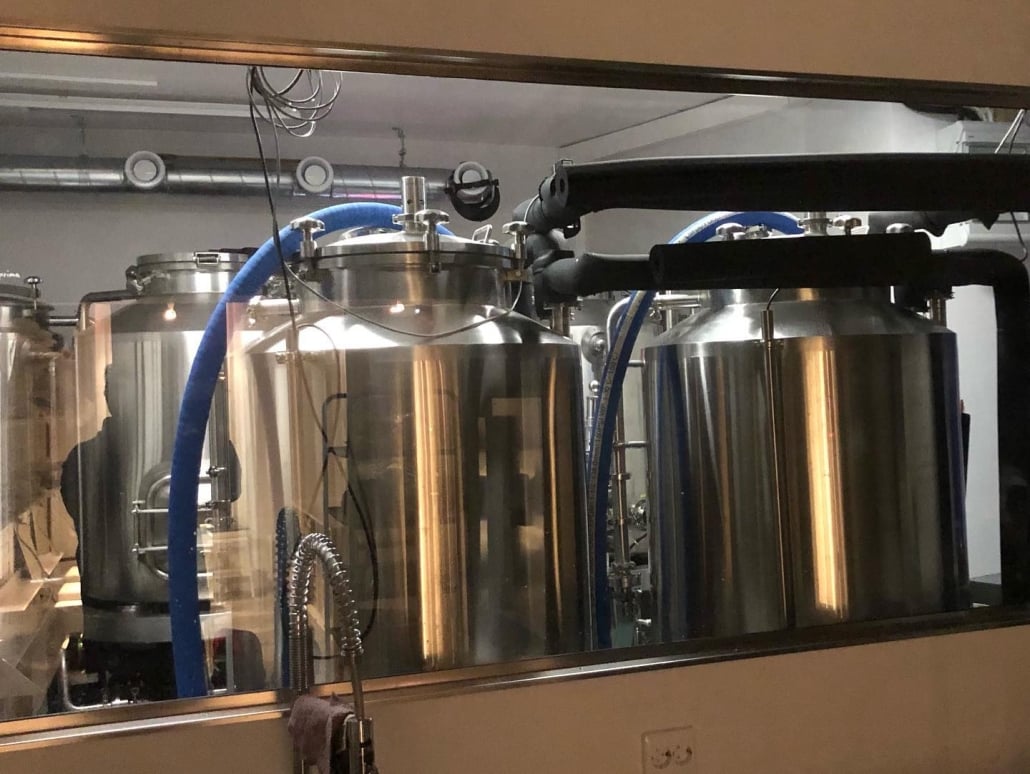
Why Choose Stainless Steel Tanks?
Durability and Longevity
Think of SS tanks as the superheroes of storage. They’re built to last, resisting corrosion from moisture, chemicals, and extreme temperatures. Unlike plastic or mild steel, stainless steel doesn’t crack, warp, or degrade over time. This makes it a cost-effective investment in the long run.
Hygiene and Cleanliness
Ever notice why stainless steel is the go-to material in kitchens and laboratories? Its non-porous surface doesn’t harbor bacteria, ensuring high levels of sanitation. For industries like food and pharmaceuticals, this is a no-brainer.
Customizability
Need a tank for a specific space or purpose? SS tanks can be custom-made with fittings, coatings, and designs tailored to your requirements. From horizontal tanks to jacketed fermentation vessels, the possibilities are endless.
Eco-Friendly
Stainless steel is 100% recyclable. When your tank eventually reaches the end of its lifecycle, it can be repurposed, reducing environmental impact.
The Main Application Areas of SS Tanks
Stainless steel tanks serve numerous purposes across various industries. Here are the most common application areas:
Food and Beverage
SS tanks are vital in processing and storing liquids such as milk, juice, wine, and beer. Their hygienic surface ensures compliance with food safety standards.
Pharmaceuticals
In pharmaceutical manufacturing, SS tanks store active ingredients, solvents, and purified water. Their non-reactive nature ensures product integrity.
Chemical Storage
Resistant to corrosion and extreme conditions, these tanks store acids, alkalis, and volatile chemicals safely.
Water and Waste Management
From potable water storage to wastewater treatment, SS tanks handle it all with ease, thanks to their robustness and long lifespan.
Types of SS Tanks
When it comes to SS tanks, one size doesn’t fit all. Let’s explore the different types available:
1. Storage Tanks
Used for storing liquids like water, oil, or chemicals, these tanks are available in vertical and horizontal configurations.
2. Mixing Tanks
Ideal for blending ingredients in food, pharmaceutical, or chemical processes, these tanks often come with agitators and heating or cooling systems.
3. Pressure Vessels
Designed to withstand high pressures, these are used in industries requiring pressurized storage or processing, such as oil refineries.
4. Jacketed Tanks
These tanks feature an outer jacket for temperature control, making them perfect for fermentation or maintaining consistent product temperatures.
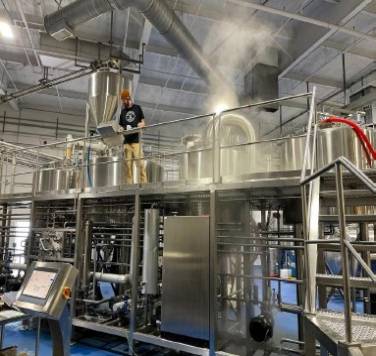
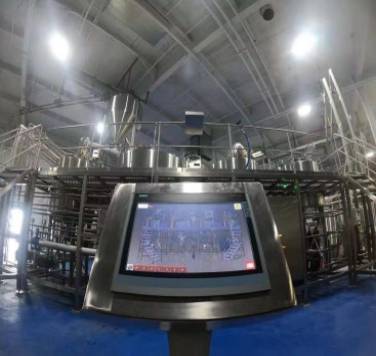
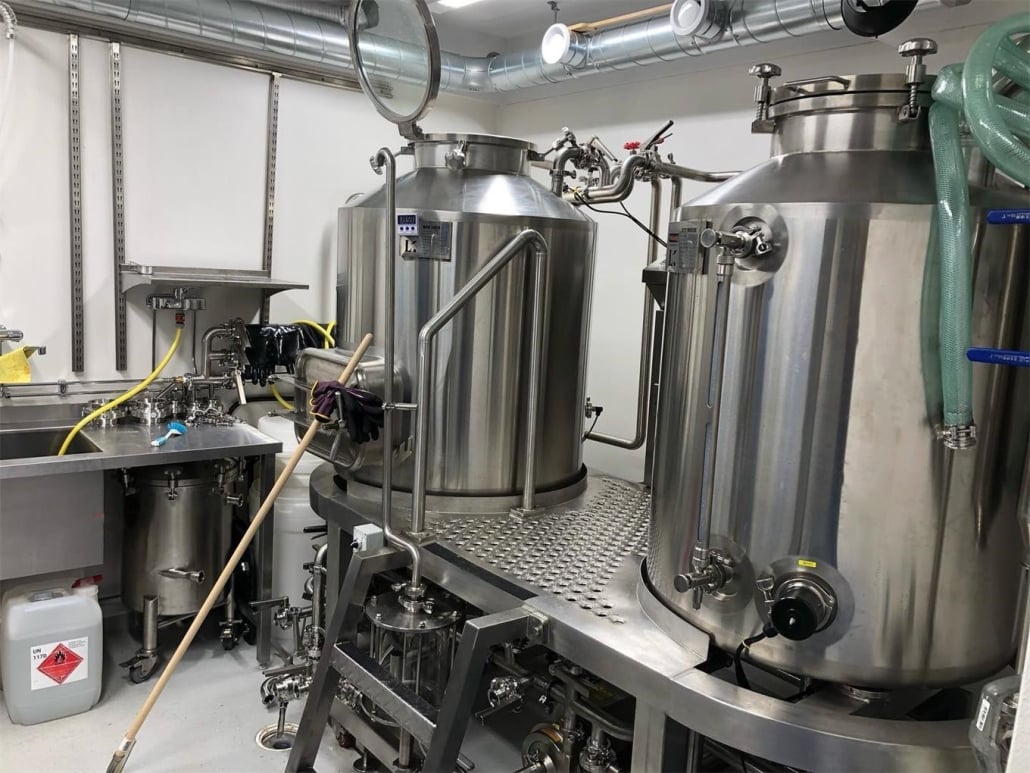

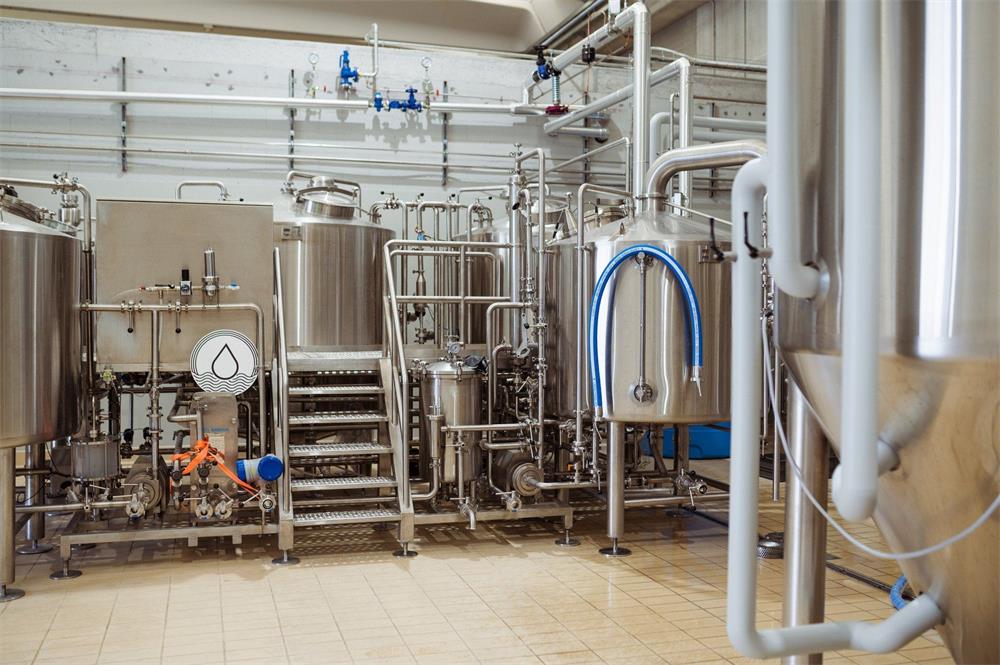
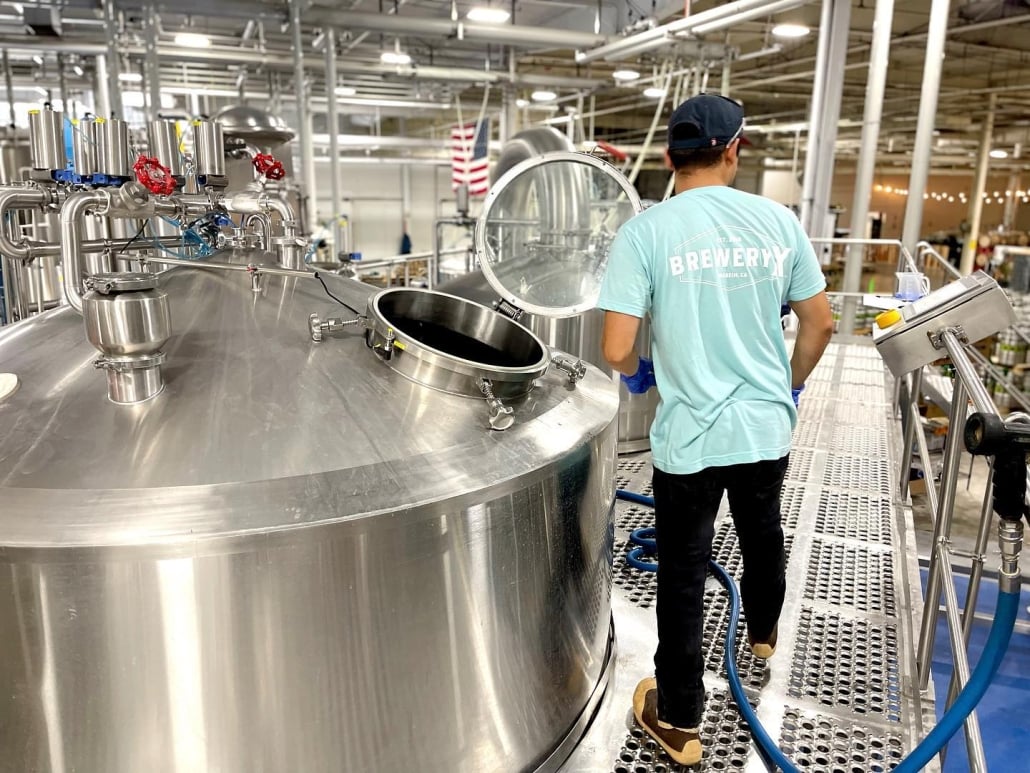
Troubleshooting Common Issues with SS Tanks
Even the best equipment faces occasional hiccups. Here are common issues and how to address them:
Corrosion
While stainless steel resists corrosion, improper cleaning agents or harsh environments can cause pitting. Use non-chloride cleaners and perform routine inspections to prevent damage.
Leaks
Welded joints or fittings can occasionally develop leaks. Regular maintenance and prompt repair of minor cracks can prevent major failures.
Scaling or Residue Build-Up
In industries like brewing or chemical processing, residues can accumulate. Routine cleaning with appropriate chemicals ensures smooth operations.
Brewing Process Using SS Tanks
Beer brewing is a craft that heavily relies on stainless steel equipment. Here’s how SS tanks fit into the process:
Mashing and Lautering
In this initial stage, grains are soaked in hot water to extract sugars. SS tanks with precise temperature control are crucial.
Boiling
The extracted wort is boiled in SS tanks to sterilize and add hops. Stainless steel’s heat resistance ensures even cooking.
Fermentation
Fermentation tanks allow yeast to convert sugars into alcohol. Jacketed SS tanks maintain the optimal temperature for yeast activity.
Storage and Packaging
Once fermented, beer is stored in bright tanks before packaging. SS tanks ensure the beer remains fresh and uncontaminated.
Comparison of SS Tank Features
| Feature | Details |
|---|---|
| Capacity | Ranges from small 50-gallon tanks to massive 50,000-gallon industrial tanks |
| Design | Available in vertical, horizontal, jacketed, or pressure-resistant designs |
| Materials | Typically 304 or 316-grade stainless steel, offering varying levels of corrosion resistance |
| Customization | Features such as agitators, insulation, and temperature controls can be tailored to needs |
Top Suppliers and Price Range
| Supplier Name | Location | Price Range | Special Features |
|---|---|---|---|
| ABC Stainless Co. | USA | $2,000 – $20,000 | Custom designs for food and beverage industries |
| Global Tanks Ltd. | UK | $5,000 – $50,000 | Large-capacity chemical storage tanks |
| EcoSteel Solutions | India | $1,500 – $15,000 | Budget-friendly tanks with high durability |
Installation, Operation, and Maintenance
| Aspect | Details |
|---|---|
| Installation | Requires site preparation, skilled labor for welding, and safety inspections |
| Operation | Follow operational guidelines, such as avoiding overfilling and maintaining pressure limits |
| Maintenance | Regular cleaning, inspection for wear and tear, and timely repairs of fittings and seals |
How to Choose the Right Supplier
| Criteria | Details |
|---|---|
| Experience | Look for suppliers with expertise in your specific industry |
| Customization | Choose vendors who offer tailored solutions to meet your unique requirements |
| Price and Warranty | Compare costs and ensure the supplier offers a robust warranty for peace of mind |
| Customer Reviews | Check online reviews and ask for references to gauge satisfaction levels |

Pros and Cons of SS Tanks
| Pros | Cons |
|---|---|
| High durability and resistance to corrosion | Higher upfront cost compared to alternatives |
| Hygienic and easy to clean | Heavier than plastic tanks |
| Customizable for various applications | May require professional installation |
FAQ
| Question | Answer |
|---|---|
| What is the lifespan of an SS tank? | With proper maintenance, an SS tank can last over 30 years. |
| Are SS tanks suitable for outdoor use? | Yes, they are weather-resistant but may require UV-protective coatings in harsh environments. |
| Can SS tanks store acidic chemicals? | Yes, especially if made from 316-grade stainless steel, which is highly resistant to acids. |
| How often should SS tanks be cleaned? | Ideally, after every use in food applications; periodically for other uses. |
| Are there eco-friendly disposal options? | Yes, stainless steel is 100% recyclable. |


